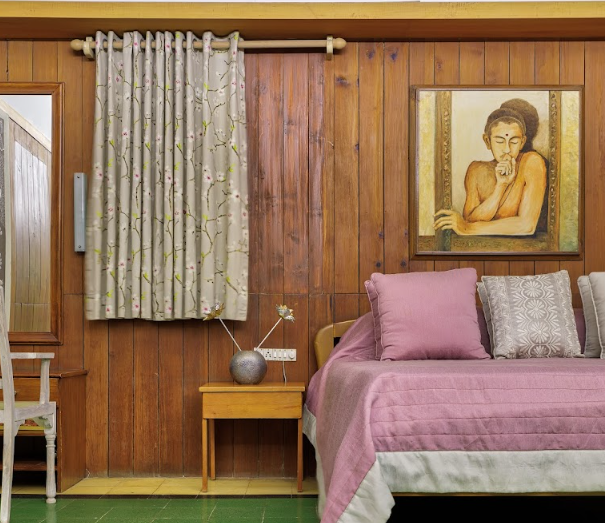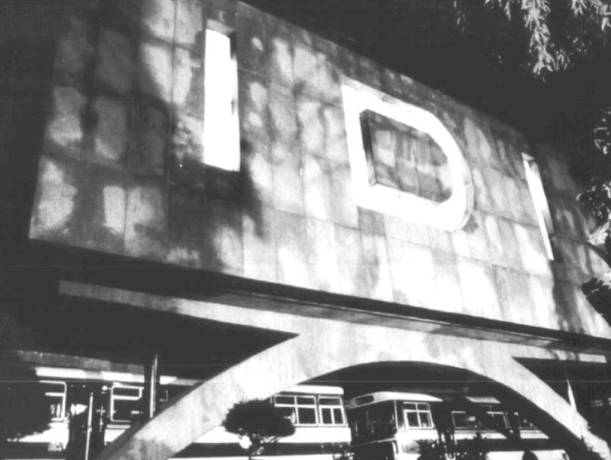100 Years
100 Stories

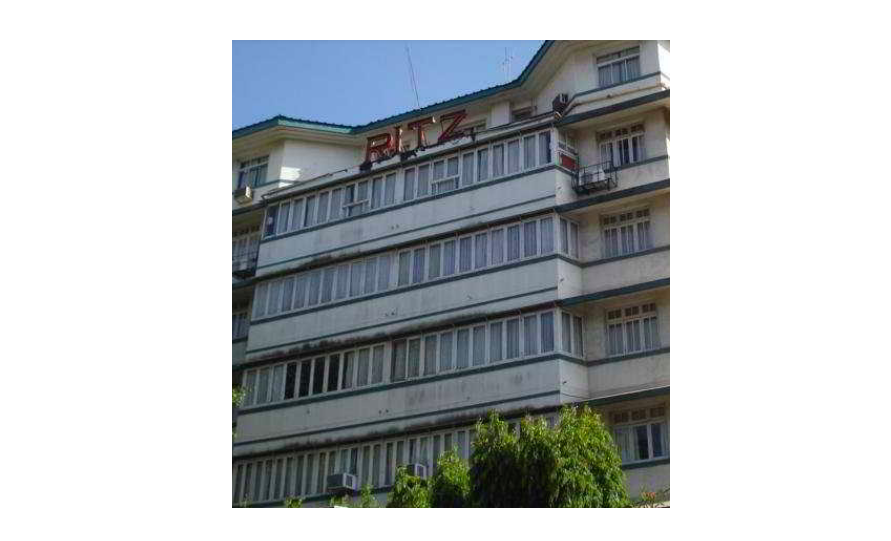
The Ritz Hotel in Churchgate, Mumbai
Some of the most iconic buildings in the city would be stamped with the mark of the duo. It could be the Grecian chic of the Ritz Hotel done up in Bharat’s white and leaf green Colourex or the proud austerity of the Mercantile Bank building for which Bharat provided marble interiors to complement its pink and white marble facade.
What started with a pavement has taken the Shappoji Pallonji group to soaring heights. Pallonji Shapoorji Mistry, the founding father of the Shapoorji Pallonji group had his first contract as a pavement in Girgaon. Following this he built a reservoir under the verdant Hanging Gardens on Malabar Hill in 1887. This sturdy structure earned the praise of the quality conscious British administration and met Bombay’s water needs for 100 years with a holding capacity of 30 million gallons. The group went on to build housing complexes Acropolis, Patropolis and Heliopolis in a sunny Mediterranean style to match the Mumbai weather conditions. It was also the first time a private housing complex had a swimming pool!
Having proved that no matter the need Shapoorji Pallonji was the ultimate choice for quality construction, the group started scaling new heights, winning the contract of the Bombay central railway station, perhaps one of India’s earliest state-of-the-art railway terminals. At this point the group encountered the need for flooring that was not only tough enough to bear the battering of hand carts and shoes on the platform but also elegant enough to pave the quiet corridors and halls of the waiting rooms and lounges. The only answer to this conundrum was to enlist the services of Bharat Floorings and Tiles. The company that made tiles which were as beautiful as they were resilient. Bharat supplied terrazzo tiles in the lounge, waiting rooms and main hall and manufactured special non-slip indented tiles for the platforms and ramps. This was the beginning of a long and fruitful association, where the two companies worked together on Bombay’s legendary skyline.
The Bombay Mutual Life building, one of the several financial institutions owned and run by Indians, represented a new Swadeshi aspiration by creating a network of local builders, contractors and artists. Shapoorji Pallonji were the builders of this landmark where Bharat supplied tiles. The Cricket Club of India, a marvel by Shapoorji Pallonji, built in 1937 to accommodate 30,000 cricket-adoring Indians, had Bharat’s plaster work in the silver grey, azure, dark blue and yellow of the Cricket Club. This work was executed on the Club House and the pavilions of the Maharaja of Patiala and the Governor. The interiors of the building had Bharat’s marble mosaic and terrazzo tiles in the trademark blue of the Cricket Club.
The Wankaner House on Malabar Hill, a palatial structure built in 1938 on 50,000 sq ft of a private estate was built by the Shapoorji Pallonji group in the Indo Saracenic styles. In this royal residence Bharat provided its famous 8 and 10 inch tiles which would complement the Art Deco style of the interiors. The Dhanraj Mahal, another royal abode built in 1939, had terrazzo and patterned tiles in different wings of the palace built by Shapoorji Pallonji.
In 1938 with the Reserve Bank of India’s old building, Shapoorji Pallonji proved themselves as masters of not only quality but also scale. Bharat was a faithful partner in the project providing tiles for India’s foremost financial institution.
Another project of gigantic scale done by the Shapoorji Pallonji group was the Mafatlal Park on an area of 5,00,000 sq ft on Warden Road. The project used almost the entirety of Bharat’s offerings including marble, terrazzo, mosaic and Colourex in different parts of the huge estate. A newspaper article describes, “Throughout the five blocks entrances, stairs, passages, floors have been treated with fine embellishing effect and decorative tone”
Over the years Bharat would be Shapoorji Pallonji’s contractor of choice for the Indian Dyestuff Industries in Kalyan in 1962 where Bharat would, for the first time in India, use granite tiles to clad a building facade.
Shapoorji Pallonji picked the best of material for their landmark constructions and it is an attestation of Bharat’s product quality that the finest of building contractors in India repeatedly, affirmatively chose Bharat Tiles.
You may also like
-
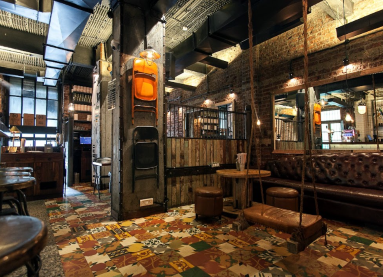 35Dine in with BharatThe ever-curious Indian palate is fueling India's burgeoning F&B segment. Sit back and enjoy this photo feature focusing on the hospitality industry pan-India and their preference for Bharat's artisanal floors.Read More
35Dine in with BharatThe ever-curious Indian palate is fueling India's burgeoning F&B segment. Sit back and enjoy this photo feature focusing on the hospitality industry pan-India and their preference for Bharat's artisanal floors.Read More -
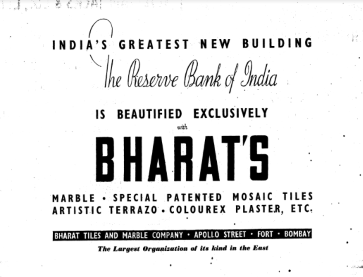 36Bharat and Nation BuildingPresenting to you an infographic of some of the greatest institutions and structures of modern India, whether it is educational institutions, defence academies, research centres, or financial institutions, that have been paved with Bharat's quality tiles.Read More
36Bharat and Nation BuildingPresenting to you an infographic of some of the greatest institutions and structures of modern India, whether it is educational institutions, defence academies, research centres, or financial institutions, that have been paved with Bharat's quality tiles.Read More -
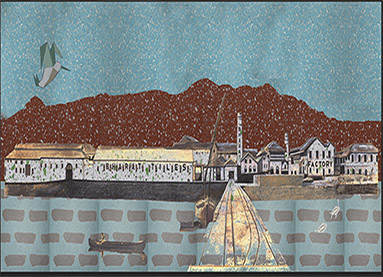 37A Milk RevolutionAs India increased its milk production capacity to feed her growing population, Bharat's tiles found their way into two of the country's largest milk cooperatives, the Amul and Aarey milk processing plants. Swadeshi tiles for swadeshi initiatives, read about how the tiles Bharat used to floor the factories reflected the pride and self-suffciency of the farmers of IndiaRead More
37A Milk RevolutionAs India increased its milk production capacity to feed her growing population, Bharat's tiles found their way into two of the country's largest milk cooperatives, the Amul and Aarey milk processing plants. Swadeshi tiles for swadeshi initiatives, read about how the tiles Bharat used to floor the factories reflected the pride and self-suffciency of the farmers of IndiaRead More


